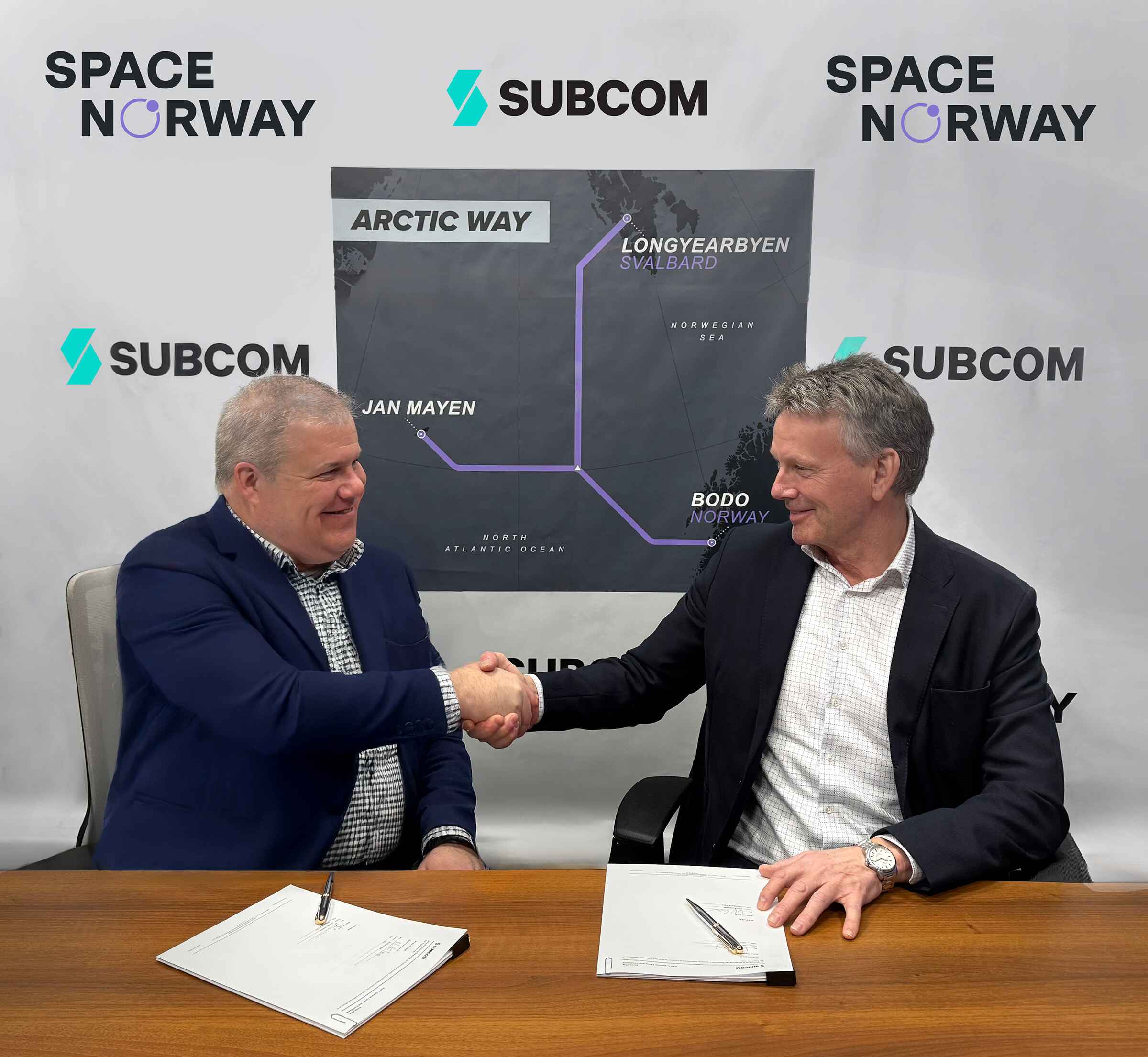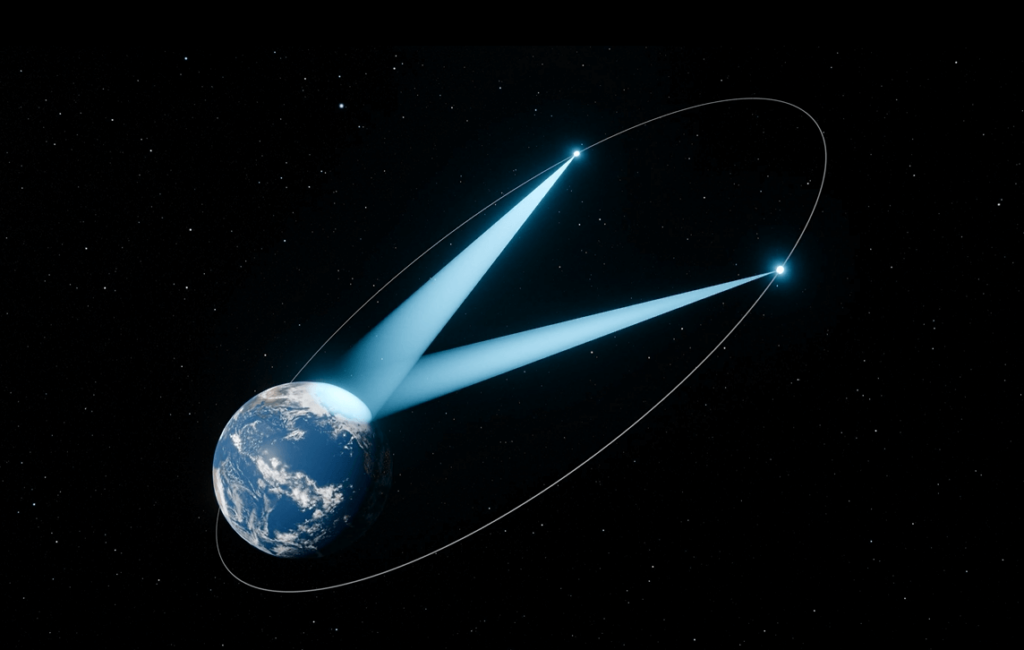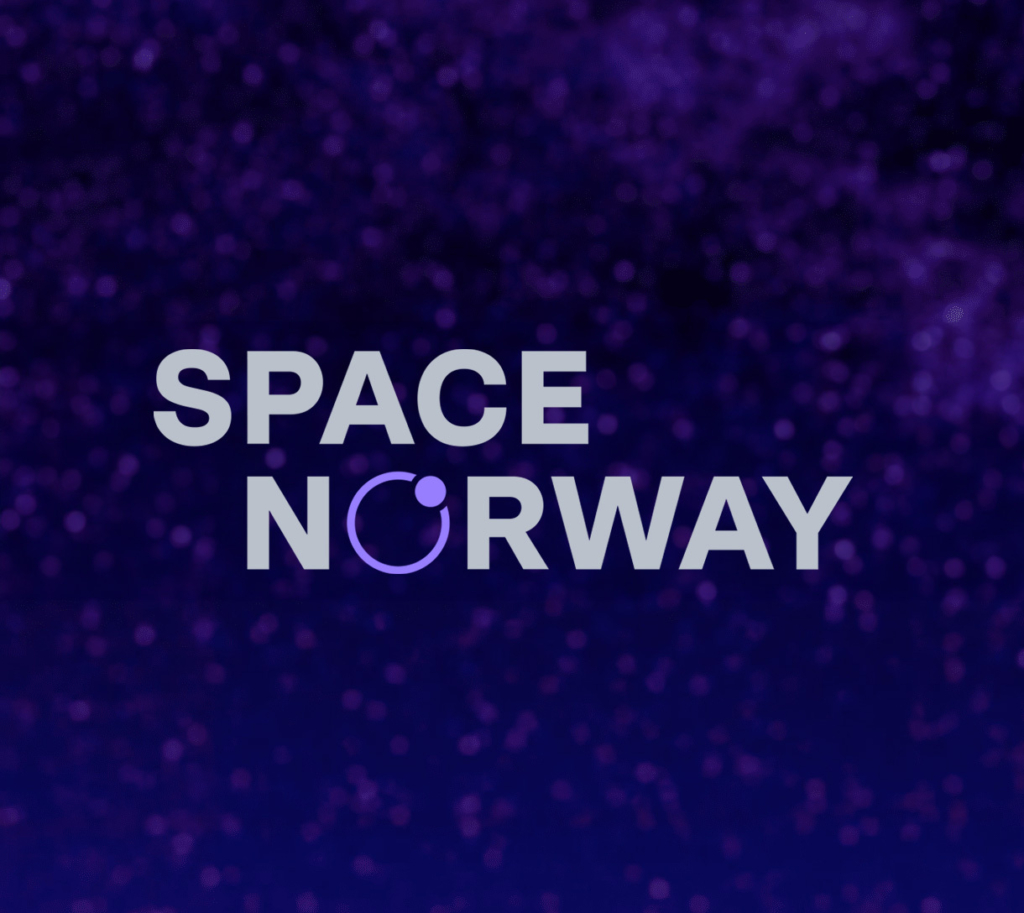
Space Norway is set to establish new high-speed connection from the Norwegian mainland to Jan Mayen and Svalbard archipelago.
Space Norway has signed a contract with SubCom for the full system supply of the Arctic Way Cable System, including survey, design, manufacturing, and installation. Scheduled to commence service in 2028, this new system will become a critical asset for transmitting data traffic between the mainland, Jan Mayen, and Svalbard.
“Space Norway owns, develops and manages critical space infrastructure and subsea cable systems. Establishing this new cable system is imperative to ensure uninterrupted connectivity for the Arctic community and to support Norway’s strategic interests. With SubCom’s proven track record in managing Arctic projects, they are the optimal partner for this significant program,” says Morten Tengs, CEO of Space Norway.
“SubCom has maintained a successful relationship with Space Norway for decades, including our participation in the supply of the original Svalbard cable system,” said David Coughlan, CEO of SubCom. “Our experience with the customer and our expertise in the region – one of the most unique marine environments on the planet – will enable SubCom to efficiently produce and deploy this critical subsea cable infrastructure on behalf of Space Norway.”
“While establishing new fibre infrastructure, we will continue to utilise the two existing cables to Svalbard as long as they remain functional, serving as a backup for Arctic Way. Although these cables are approaching the end of their 25-year service lifespan, we expect them to remain operational for several years past 2028,” explains Rune Jensen, Director of Subsea Cable Systems at Space Norway.
You can find out more about the project in the official press release from the Norwegian Government (in Norwegian).

System name: Arctic Way Cable System
Configuration: Trunk-and-branch, repeatered subsea cable system linking mainland Norway, Jan Mayen, and Svalbard with direct shore end landings in:
- Bodø, Norway
- Jan Mayen
- Longyearbyen, Svalbard
Total length: 2350 km
Location: Entirely within the Arctic Circle, between 67-78°N
System provider: SubCom (full system supply including survey, design, manufacturing, and installation)
Vessel: Reliance Class main lay vessel (Polar certified)





















